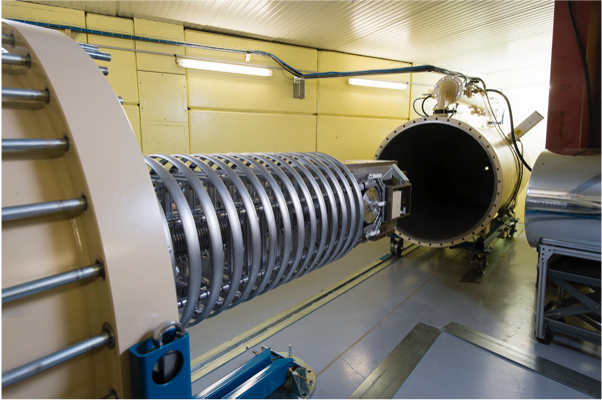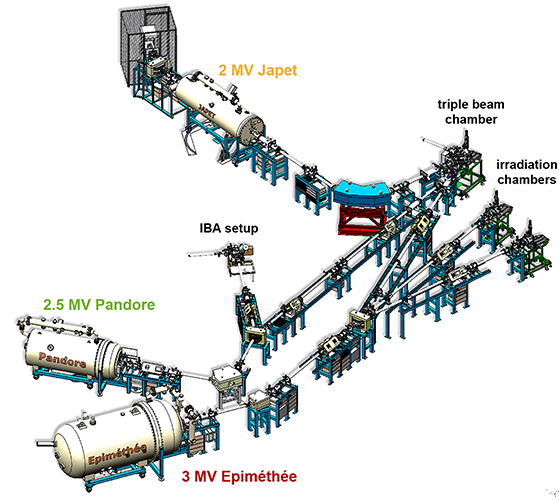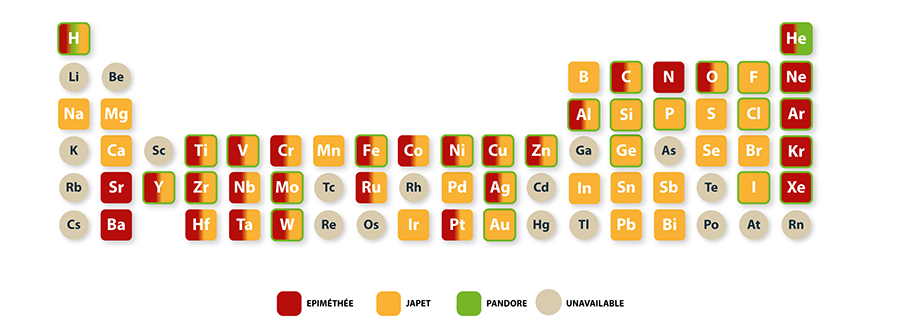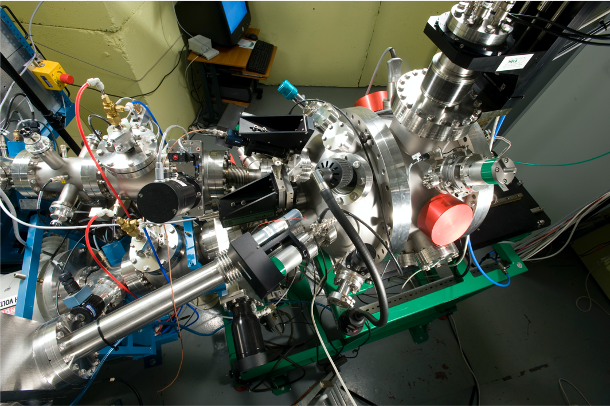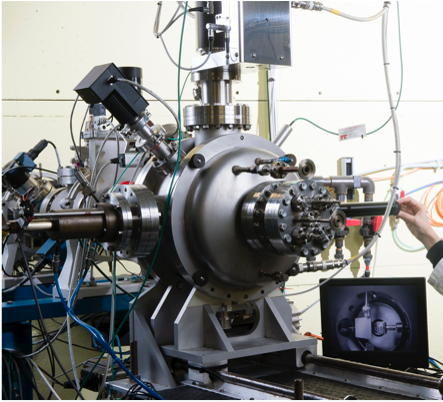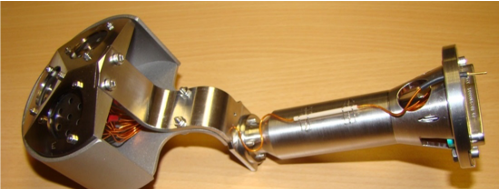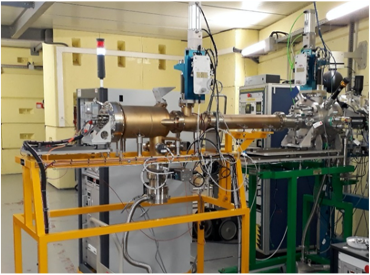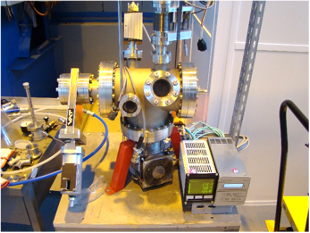Ion sources and accelerators
Épiméthée is a 3 MV single-ended electrostatic accelerator (3-UH-2 Pelletron, National Electrostatics Corp.) equipped with an electron cyclotron resonance (ECR) source (Pantechnik, Nanogan type) able to provide highly damaging beams with large energies and ranges, and also gases: hydrogen, oxygen, noble gases. The ECR source produces high charge states of a variety of ion species, which in combination with the 3 MV acceleration potential can produce ion beams with energies as high as 36 MeV. The source is equipped with four bottles for such gases as O2, He, Ar, Kr, Xe, CH4 and two cartridges of volatile organometallic compounds such as ferrocene and W(CO)6 for producing Fe and W ions.

Japet is a 2 MV Tandem Pelletron (6SDH-2, National Electrostatics Corp.) equipped with an external SNICS-II ion source (negative ions by cesium sputtering) which can deliver electronegative ions such as H, Cl, I, C, Si, V, Cu, Zr, Ag, Au… This system is capable to produce energies of 0.5 to 4.0 MeV for single-charged ions (like H ions), up to 6 MeV for double-charged ions, and correspondingly higher energies for ions of higher charge states (up 16 MeV for Au ions).
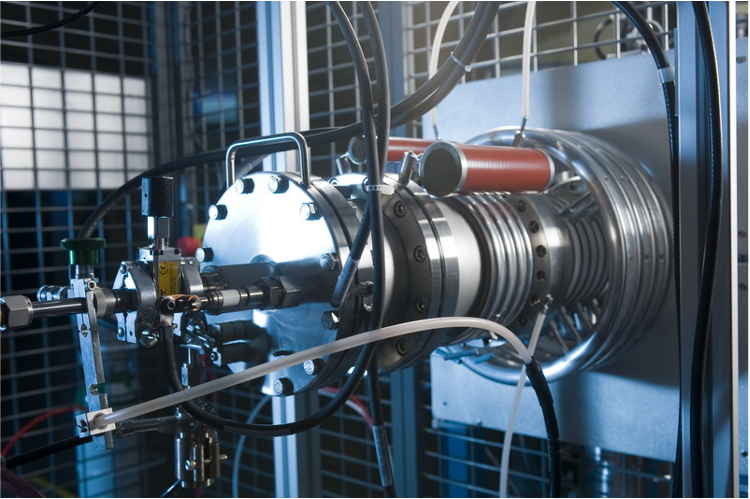
Pandore is a 2.5 MV single-ended electrostatic accelerator (7.5SH-2 Pelletron, National Electrostatics Corp.) equipped with a RF source which produces single-charge ions. Six gas bottles are installed in the vessel that allow producing protons, deuterium ions, helium-4 and helium-3 ions. This accelerator is used for implantation as well as for IBA.
